From The Agency Magazine: Cities in Style
The following is an excerpt from The Agency Magazine’s Spring/Summer Issue. Read the full article here .
New twists are coming to urban hubs around the world. Here’s a look at the evolution.
Palm Beach NOT YOUR NANA’S RESORT TOWN

In Palm Beach, maximalism is back, martinis are theatrical, and the crowd is trading country clubs for culture clubs. The beauty of today’s Palm Beach lies in its calculated contradiction—where grandmother’s pearls meet statement sneakers, where old-money restraint dances with new-wave exuberance. The island that once epitomized social formality is now courting the downtown crowd: younger, looser, and style-literate. Think of it as Slim Aarons for the Substack generation.
That shift is nowhere more apparent than in the island’s reimagined hospitality scene. Palm House ( palmhouse.com ), a freshly revived property, trades minimalism for maximalist fantasy, with its coral Murano chandeliers, seashell murals, and poolside cabanas—nodding to Palm Beach’s golden years while inviting a new kind of guest: less clubby and more curious. The design is cinematic; the mood is unbuttoned. This is not a place where you’ll find quiet wealth sipping tea behind hedge walls. Palm House has a bar scene, a point of view, and a playlist.
Similarly transformative, White Elephant ( whiteelephantpalmbeach.com ) brings museum-worthy art to a 1924 landmark, while The Colony’s ( thecolonypalmbeach.com ) fresh update by Kemble Interiors maintains its pink charm with knowing irony. The soon-to-open Vineta ( oetkercollection.com ) promises to complete this triumvirate of reinvention, reimagining another local icon through the lens of high European hospitality. Even established properties like the Brazilian Court (thebraziliancourt.com) are upping the ante on amenities and activations with the addition of things like BC One, the hotel’s own 44-foot cruising yacht for guests, and partnerships with ultra-chic brands like Moda Operandi.
Just 20 minutes south of the city’s hub, larger swaths of sand allow for hotels like the Four Seasons ( fourseasons.com ) and Eau Palm Beach Resort & Spa (eaupalmbeach.com) to offer guests a more expansive resort setting. Keep an eye out for the former’s stunning interiors by Martin Brudnizki, while the latter—acquired last summer by Larry Ellison—now features a Nobu and is expected to reflect Ellison’s signature sense of luxury, similar to his Sensei properties.
This evolution extends to Palm Beach’s culinary landscape, which now welcomes global powerhouses once reserved for metropolitan hubs like New York, Miami, or Las Vegas. Estiatorio Milos exemplifies this shift, located just across the bridge to West Palm Beach. The acclaimed Greek seafood temple now brings Mediterranean elegance to the island, flying fish directly from the Aegean and attracting a cosmopolitan crowd that values both scene and substance. The restaurant’s arrival signals Palm Beach’s newfound position on the international dining circuit.
Retail spaces have undergone a similar metamorphosis. Worth Avenue’s vias—once the domain of monogrammed tradition—are now punctuated with fresh energy, thanks to the arrival of Julia Amory and Aerin—lifestyle labels that blend preppy codes with a modern sensibility. Meanwhile, the Royal Poinciana Plaza has become the island’s unofficial clubhouse, where gallery-hopping locals rub elbows with visiting art lovers over iced matcha lattes and boutique hauls.
As day transitions to night, Mary Lou’s leads Palm Beach’s after-dark renaissance. Hidden behind a relic bait-and-tackle shop, this cocktail theater and cultural playground is the brainchild of Alex Melillo and team, who’ve turned a family legacy into a layered narrative of local nostalgia and decadent fun. Expect world-class entertainment, from underground DJs to theatrical bites (fried chicken with caviar, anyone?), curated under the eccentric eye of music duo Sofi Tukker. The vibe blends 1970s Palm Beach glam with the edge of a downtown L.A. warehouse party—complete with a martini cart.
—Paul Jebara
Dubai SO MUCH MORE THAN JUST A STOPOVER CITY

Less than 10 years ago, if you asked someone who had just been to Dubai what it was like, you’d often hear, “Eh—24 hours is enough.” Ask someone who has visited more recently, and you’ll likely be told that the city is among the most fascinating and fastest growing in the world. Spend a week in one of its glamorous high-rise hotels with a view, and you can watch it grow before your eyes, right from your hotel room window, as construction often happens 24 hours a day, seven days a week.
An income-tax-free city, Dubai thrives on expats eager to luxuriate among its sparkling coastlines, which form the backdrop to many of its hotels. With the influx of new residents comes more and more restaurants, shopping, and luxury hotels that are as much places to stay as places to be seen. But in just an hour, you’ll find an exotic landscape of rolling sand dunes—with not a skyscraper in sight—offering both tourists and locals the best of both worlds.
The Burj Khalifa, which became the world’s tallest building at 2,717 feet when it was completed in 2010, and the Jumeirah Burj Al Arab, which dubbed itself “the world’s first 6-star hotel” when it opened in 1999, in many ways set the tone for the city’s architectural landscape, with their streamlined silhouettes and striking spires. And today’s crop of luxury hotels pushes the boundaries even further.
Atlantis The Royal ( atlantis.com ) appears as a series of stacked blocks, seemingly inspired by a Tetris game. Instead of a monolith, its layered levels and gaps of space in between floors allow for views of the Dubai skyline. Open since 2023, the hotel offers 795 rooms spread across 43 floors and a range of restaurants, from Milos to Carbone to Dinner by Heston Blumenthal. On its 22nd floor is the spectacular swimming pool, complete with spacious private cabanas that include direct infinity-edge pool access, private bathrooms, and plunge pools that face the interior roof deck and DJ booth.
For a more subdued experience, Dorchester Collection’s The Lana ( dorchestercollection.com ) is perhaps Dubai’s most elegant offering. With architecture by Foster + Partners, the 31-story structure debuted in 2024 and is located in front of a bay, offering uniquely unobstructed views toward the northwest part of the city, including the Burj Khalifa. The Dior spa and rooftop High Society restaurant, with a menu from Jean Imbert, also impress.
Finally, Jumeirah ( jumeirah.com ) offers an astounding 11 hotels in Dubai, each offering something unique. Its beach properties form their own kind of compound, where guests can wander from one to another to experience everything from an old-style market to top-notch dining to canals navigated by water taxis. The just-debuted Jumeirah Marsa Al Arab was inspired by a yacht and features architecture from Shaun Killa and interiors from AvroKO. The contemporary property perfectly complements the nearby Jumeirah Dar Al Masyaf, where its newly renovated Arabian houses feel like private riads, with lush gardens and trickling fountains.
—Samantha Brooks
Wait, there’s more. See the two other cities making waves in The Agency Magazine .
The post From The Agency Magazine: Cities in Style appeared first on The Agency Journal.


